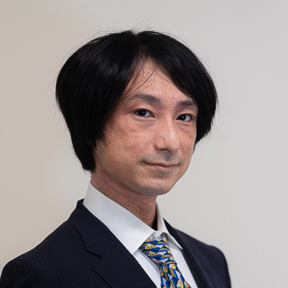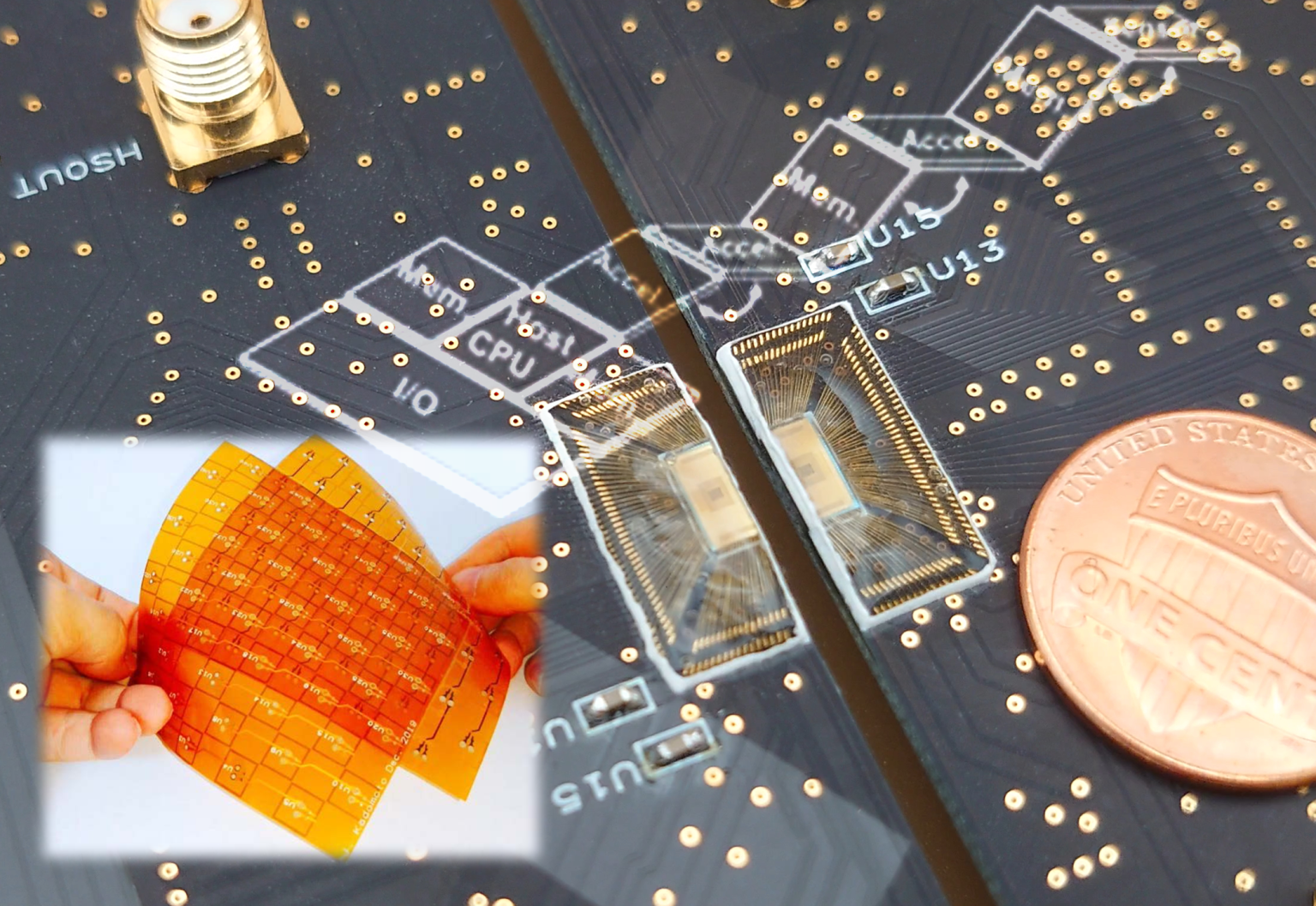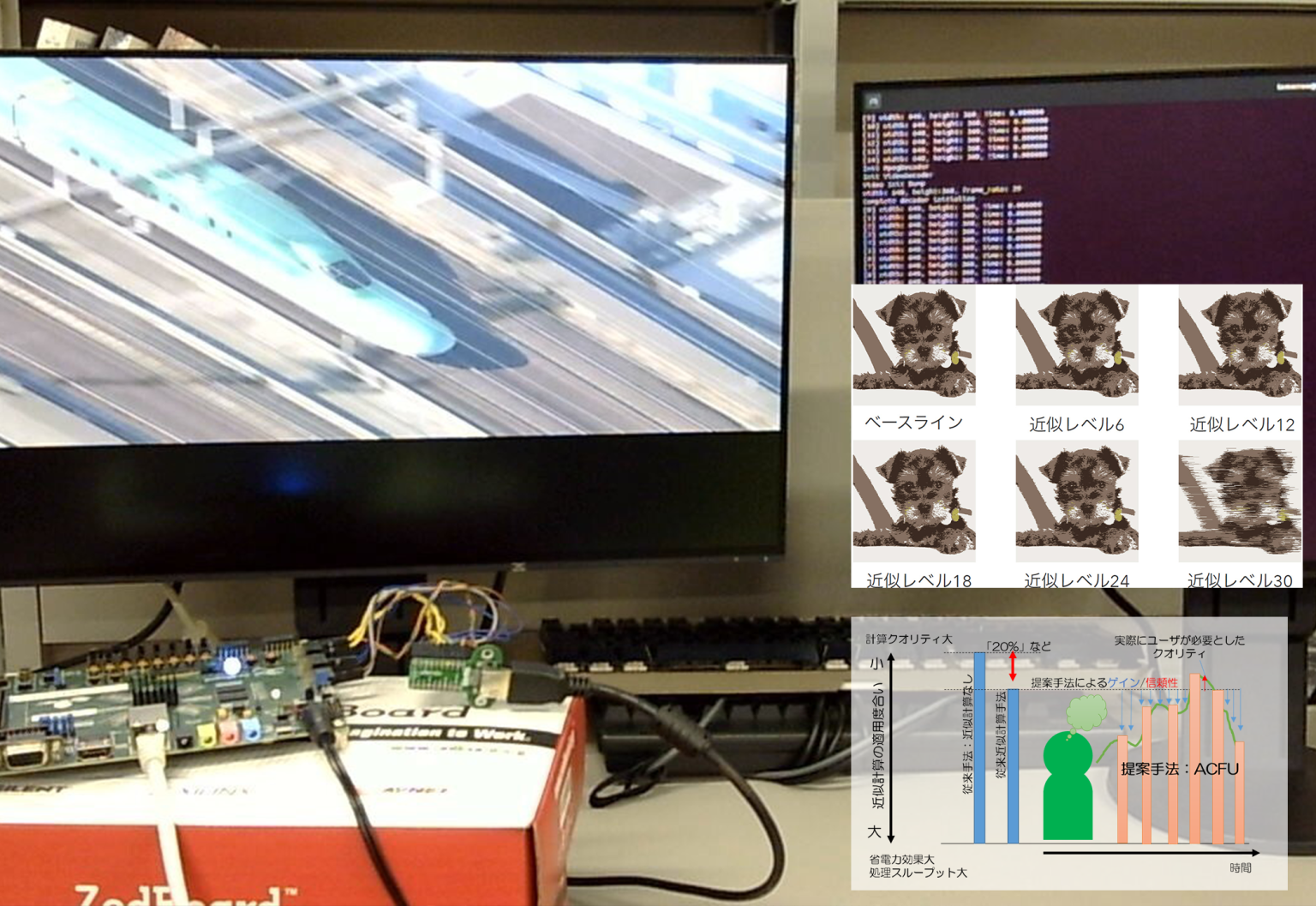
IRIE Hidetsugu Professor
Hongo Campus
Graduate SchoolGraduate School of Information Science and Technology - Information & Communication Engineering
DepartmentDepartment of Information and Communication Engineering
Computing Course
Software
High-Performance Computing
Information security
Human interface and interaction
AR/VR/XR
Artificial Intelligence (AI)
Deep Learning and Generative AI
How to build and use computers in the future
We study architectures and systems that enable higher performance or lighter weight and more flexible computers. We also study new user-assistive technologies that can be realized when these new computers are close to their users.
Research field 1
STRAIGHT: Highly Efficient General-purpose Processor Architecture

We investigated a novel computer architecture called “STRAIGHT”, which improves the processor efficiency and performance. STRAIGHT is an architecture developed by our team, and unlike conventional RISC computers, it has a unique feature that register overwriting does not occur. This feature is expected to enable high-performance and high-efficiency cores that could not be achieved so far. We have been comprehensively developing the instruction set, compiler, micro-architecture and actual chips and have confirmed high-performance execution on a prototype chip fabricated in TSMC’s 28-nm process. While further research is being conducted to achieve higher performance, the STRAIGHT basic specifications and design are being made publicly available for trial/practical use by many users including industry professionals.
Research field 2
Shape-Changeable Computer System

Thus far, computer systems have consisted of solid substrates and packages with fixed features. We are developing computer systems that are collectively composed of multiple tiny chips whose shapes and features can be easily changed. Each chip communicates wirelessly to evaluate the positional relationship with adjacent chips, as well as the shape of the overall system. The shape and features of the system can be changed by changing the layout and type of the chips. We propose such a flexible computer system and explore new applications such as ultra-small microrobots and user interfaces that take advantage of the shape change of the computer system.
Research field 3
Ultra -high -efficiency similar calculation base to automatically adjust the approximence of dynamic.

In general, reducing the computational accuracy of a program reduces the computational load on the processor, resulting in higher speed and power savings. In many past studies, computational accuracy has been determined by the programmer at the time of writing the program. However, it is difficult for programmers to properly and safely determine the necessary and sufficient computational accuracy at the time of program writing, since it varies greatly with the moment-to-moment input values and the user state at the time of execution. Therefore, we develop a computer infrastructure that automatically changes the computational accuracy based on feedback from the system and the user at runtime. In our proposed “Dynamic Approximation Processor,” we introduce a unique instruction class to realize execution of the same program by different approximation at runtime. In parallel, we study methods to estimate user satisfaction and provide feedback through the HCI approach.